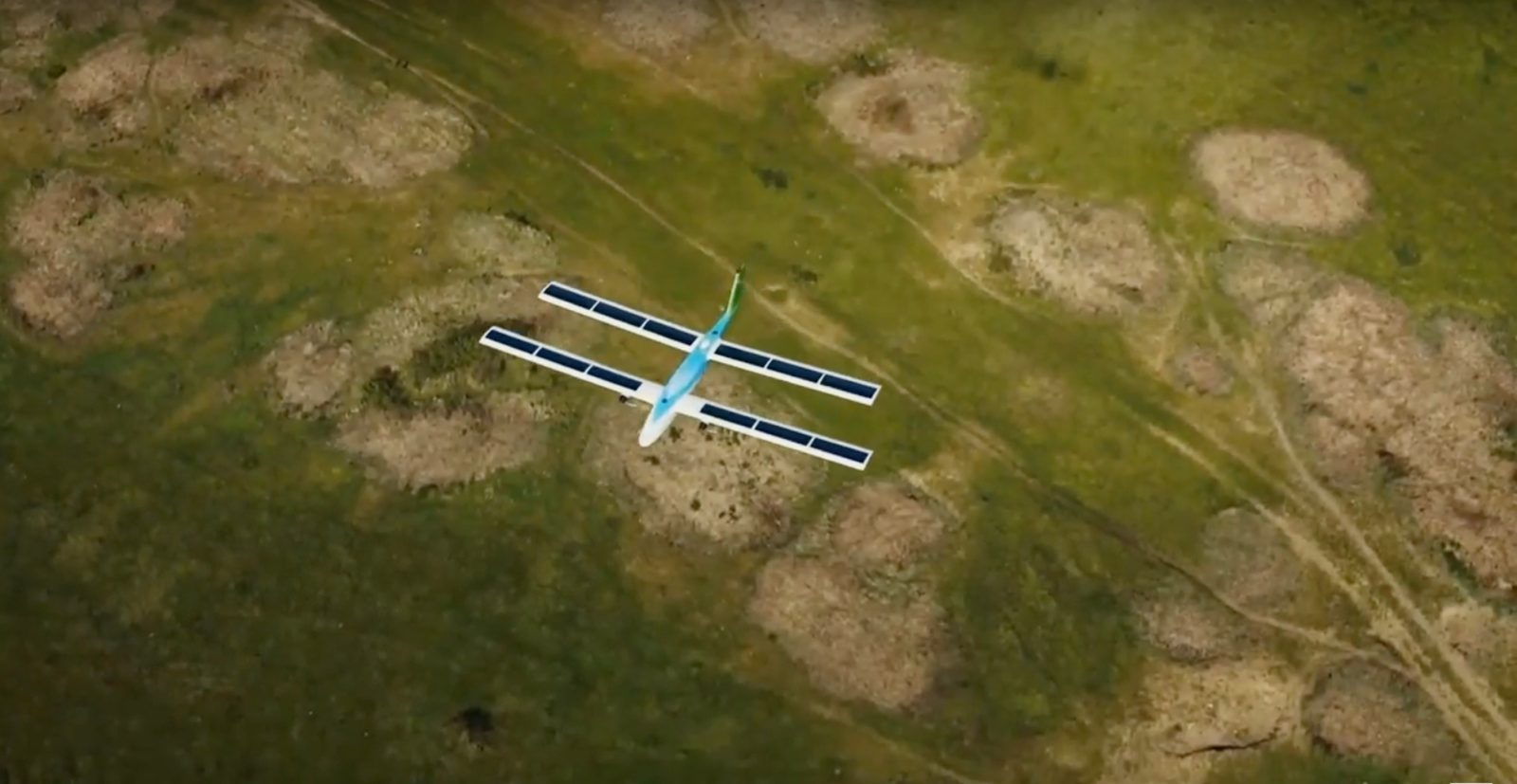
French company XSun specializes in solar-powered drones – and has produced a pretty impressive craft, indeed. Its SolarXOne fixed-wing aircraft not only soaks up and stores the sun rays that power it, but also packs onboard tech that allows it to make its own decisions during flights.
Solar-powered, high-performance drone
SolarXOne drone looks a bit like a dragonfly intent on heating a family swimming pool or home. The uncrewed aerial vehicle (UAV) features a tandem wing design that increases both its lift and the number of solar panels drinking up rays that drive the craft. Though fully sun-powered (and, once converted, electric), the SolarXOne is something of a hybrid vehicle: part airplane, mostly drone, quasi-satellite with the tech punch it carries aboard.
The UAV weighs a total of 25 kg, has a wingspan of 4.5 meters, and maximum payload of 5 kg – which may include gyroscopes, high-performance thermal imaging cameras, LIDAR, and cutting-edge communications tech. With all that, it boasts a daily flight endurance of 600 km, or a nonstop range of 12 hours – day or night, thanks to cells that store solar energy for twilight missions.
XSun says the craft is programmable to be 100% autonomous during all flight phases, and is adaptable to differing regulatory requirements around the world. That, it promises, provides maximum safety as well as flexibility in deployment, according to different national flight restrictions.
SolarXOne and its XSun manufacturing company are the creation of Benjamin David, who spent a decade as an engineer and site manager at Airbus Defense & Space Galileo Control Center’s satellite navigation system. As he explained to The Robot Report, his objective in founding XSun was to adapt space technologies for craft deployed closer to earth – with a focus on sustainable energy power.
“We firmly believe that a combination of new technologies and renewable energy sources will best meet current environmental, economic, and societal challenges,” says David, noting that solar power increases SolarXOne’s onboard battery life by a factor of three. “Because of the fully electric design, we had to strive for cost and energy efficiency in every assembly.”
Packing tech and solar power for longer, efficient missions around the globe
David says SolarXOne’s flight time and onboard tech make it ideal for wide-ranging mapping and topography missions over both land and sea. Its high-resolution photographic capacities are angled for surveying large-scale linear infrastructure like pipelines, electricity networks, roadways, and rivers, as well as precision agriculture, forest, and and natural reserve mapping.
XSun markets the drone as a high-performance yet easy-to-operate craft that can be prepared for flight inside 30 minutes. Its electrical components reduce its noise output to near zero, require little maintenance, and power backup systems to guarantee reliability for users.
To enhance performance and solar power efficiency, XSun turned to propulsion specialist maxon to provide the smallest and most reliable components to propel the SolarXOne. “There are very good reasons why they supply NASA with its robot motors,” David says of the brushless the ECX 87 Flat motors the SolarXOne is outfitted with.
The company markets SolarXOne for purchase, and operates them on specifically tailored missions for clients.
FTC: We use income earning auto affiliate links. More.




Comments